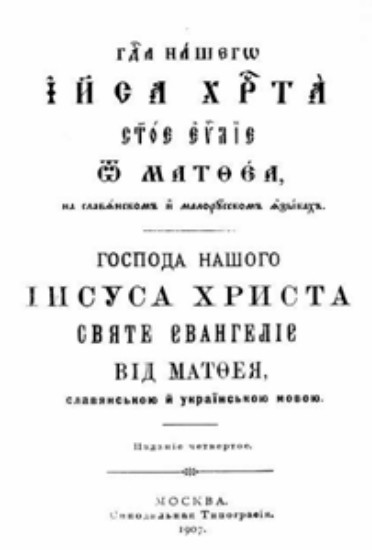Bible
Bible (Святе писъмо, Біблія; Sviate pysmo, Biblia). Holy Scripture, a collection of religious writings, regarded as divinely inspired, on which the doctrines of Judaism and Christianity are based. The Bible is divided into the Hebrew Old Testament, which dates from the pre-Christian period and comprises 47 books (in the so-called Alexandrian canon, a Greek translation of the Septuagint dating from the 2nd–3rd century BC), and the New Testament, which comprises 27 books on the life and teachings of Jesus Christ written by the apostles during the second half of the 1st century AD. Included in the Old Testament are the 16 books of the Apocrypha, whose divine inspiration has been challenged at various times. It is still rejected by the Protestant churches and, in part, by the Orthodox church.
The Bible, written in Hebrew, Aramaic, and Greek, was partially translated into Old Church Slavonic in the 9th–10th century AD, primarily for liturgical use, and in this form, together with Christian doctrine, it made its way from Bulgaria to Kyivan Rus’. Accordingly, the oldest books of the Bible preserved from the Princely era, beginning with the Ostromir Gospel (1056–7), are readings from the Old Testament, Gospels, and Apostolos (Acts of the Apostles) intended for use in church services. In the process of transcription, these texts, like the complete translations of the Bible that later made their appearance in Ukrainian territory, took on the characteristics of the Ukrainian languge. However, the full text of the Bible did not become available in Ukraine until the printing of the monumental Ostroh Bible (1581), the first such publication in Old Church Slavonic, which followed the Alexandrian canon and, in part, the Latin Vulgate. Later, under the influence of the Reformation, parts of the Bible (eg, the Peresopnytsia Gospel [1556–61], the Krekhiv Apostolos [1560]) were translated into the vernacular ‘for the greater enlightenment of the common Christian people.’ However, with the subordination of Ukraine to Russia, such translations were forbidden: the Orthodox church in Ukraine was allowed to use only Old Church Slavonic translations and was obliged to employ the Russian pronunciation.
It was only in the 19th century that new attempts were made to translate the Bible into standard Ukrainian: these were initiated by Markiian Shashkevych in Galicia in 1842 (the Gospels of John and Matthew, 1–5) and Pylyp Morachevsky in eastern Ukraine in 1862 (the four gospels and the Acts). Since the synod of the Russian Orthodox church rejected Morachevsky's translation and opposed the printing of the Bible in Ukrainian, the following translations appeared outside the Russian Empire: the Pentateuch, translated by Panteleimon Kulish (Lviv 1869); the New Testament, translated by Kulish and Ivan Puliui (Vienna 1871); and the Bible, translated by Kulish, Puliui, and Ivan Nechui-Levytsky (Vienna: British Bible Society 1903). The translation of 1903 did not include the Apocrypha, nor did the translation by Ivan Ohiienko from the Hebrew and Greek text (1962), which is now employed by the Ukrainian Orthodox and Protestant churches. A complete translation of the Bible into Ukrainian, based on a version by Rev. Ivan Khomenko, was prepared by the biblical commission of the Basilian monastic order (1956–62), working from the original Hebrew, Aramaic, and Greek texts (published in Rome in 1963). The Ukrainian text of the Bible was proscribed in Ukraine both by the Soviet government and by the Russian Orthodox church, which did not recognize Ukrainian as a language of divine service and demanded that the Bible be read in churches in the Russian redaction of the Old Church Slavonic translation.
BIBLIOGRAPHY
Zhitetskii, P. O perevodakh evangeliia na malorusskii iazyk (Saint Petersburg 1906)
Halushchyns'kyi, T. ‘De Ucrainis Sanctae Scripturae Versionibus,’ Bohosloviia (Lviv 1925)
Ivan Korovytsky, Mykhailo Vavryk
[This article originally appeared in the Encyclopedia of Ukraine, vol. 1 (1984).]
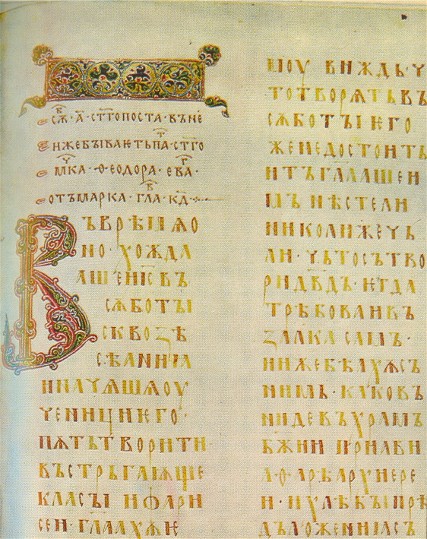
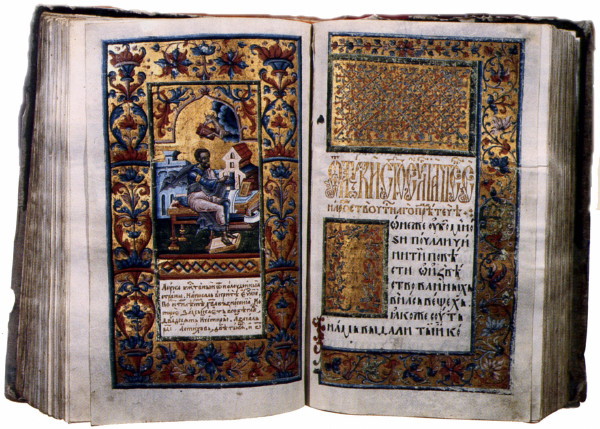
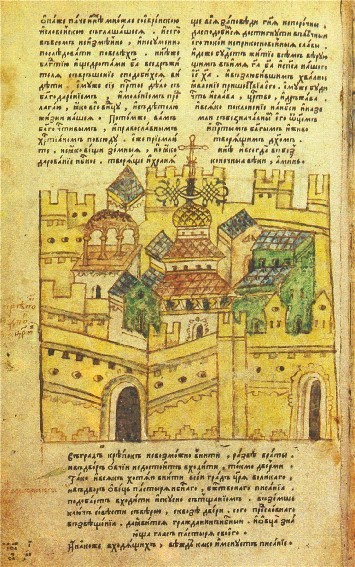
.jpg)
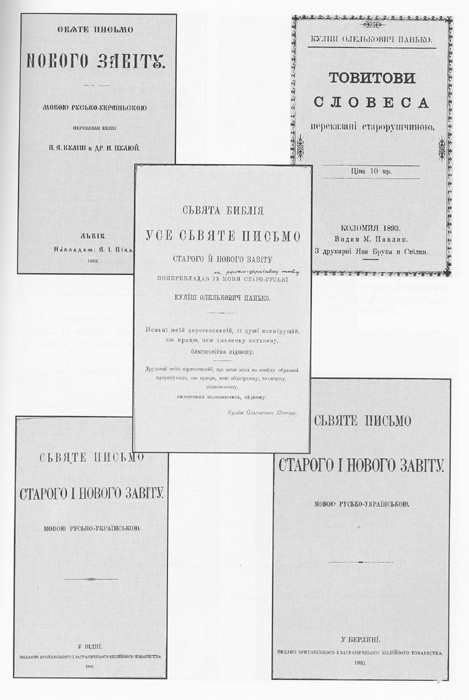
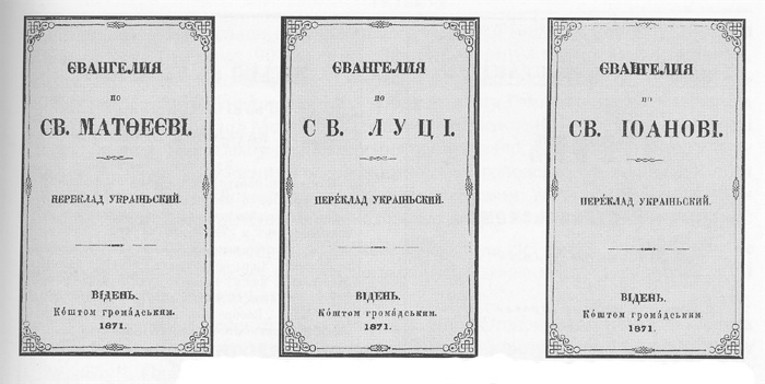
.jpg)
